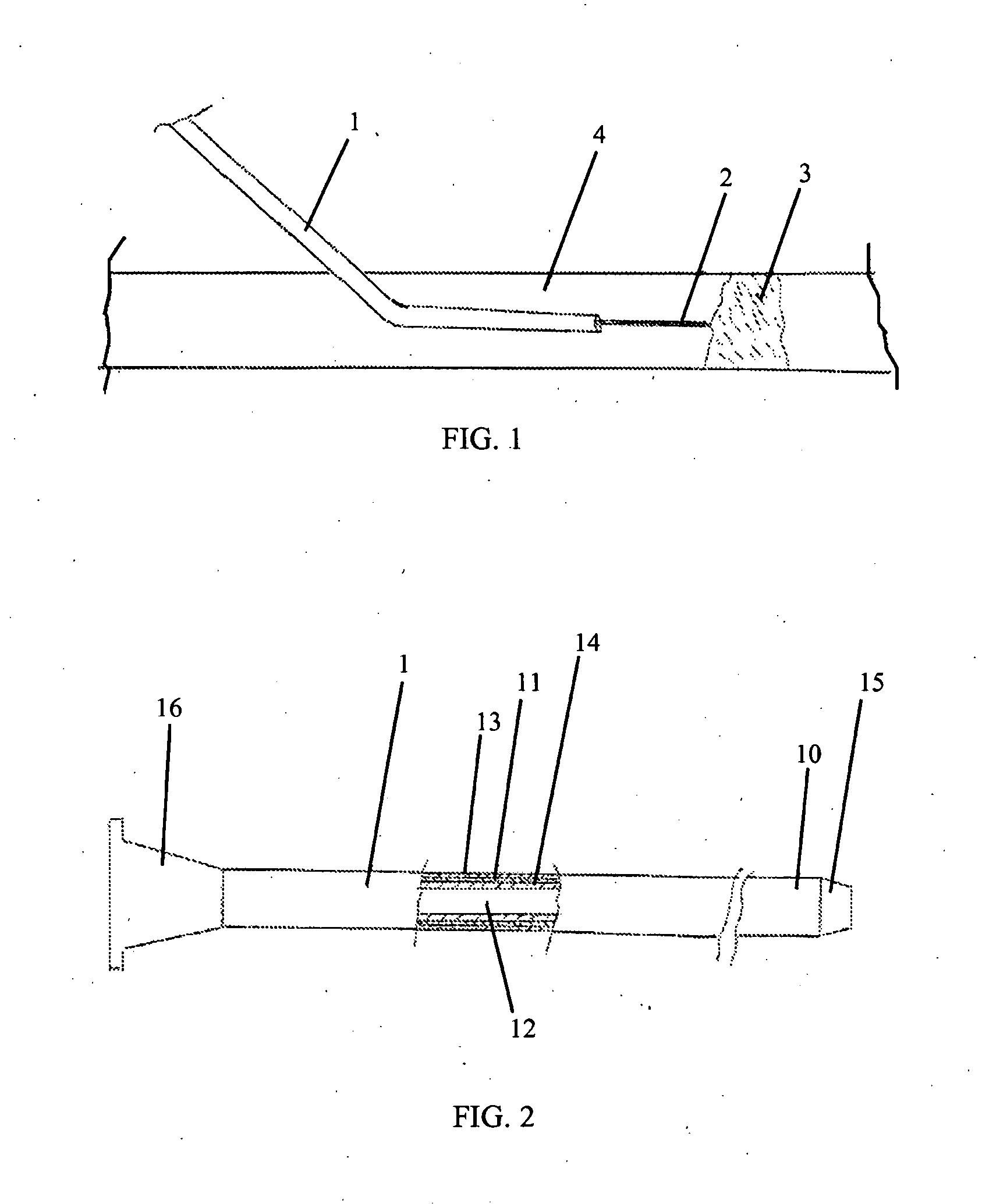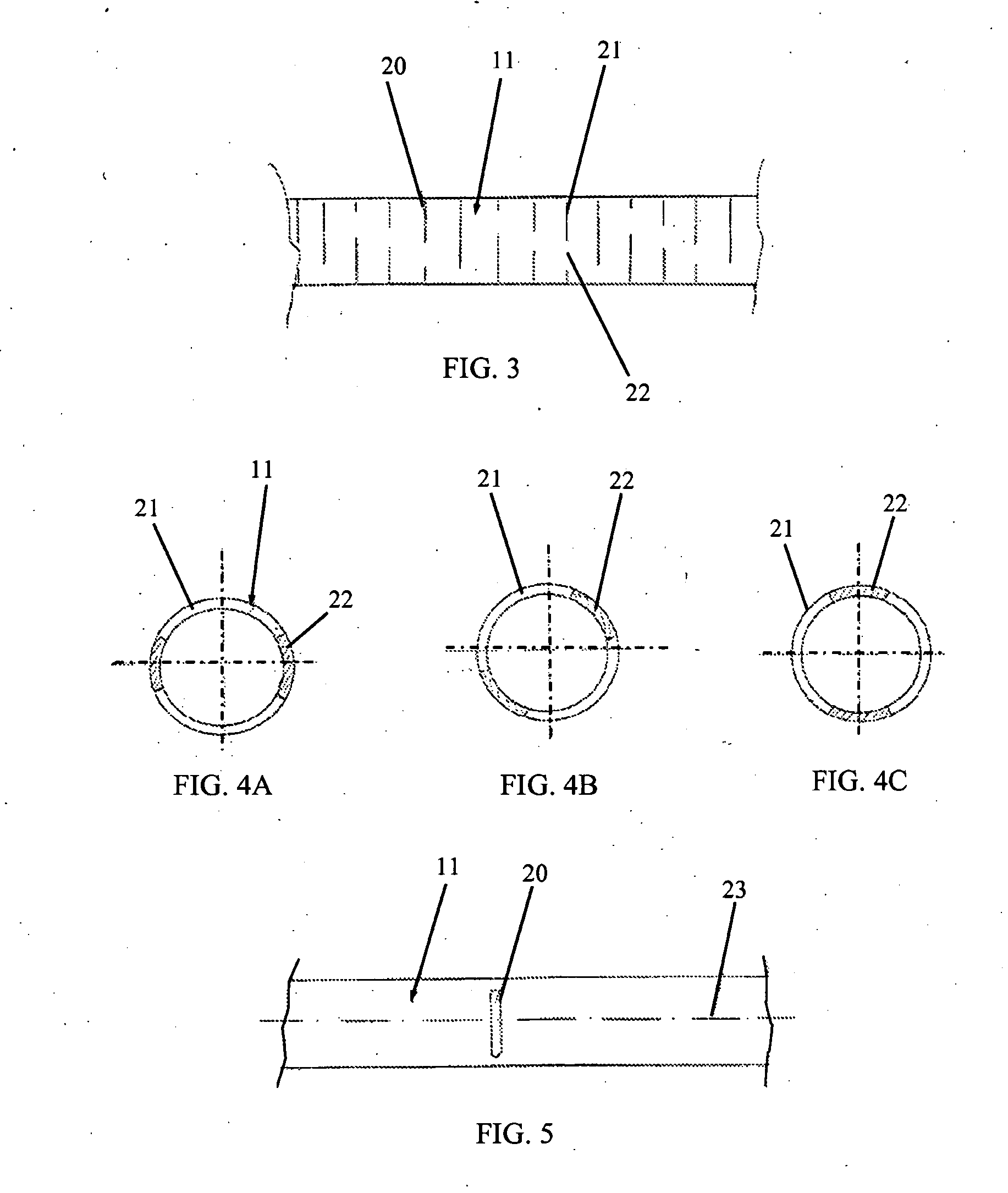Hypotube based support catheter
a support catheter and hypotube technology, applied in catheters, medical science, surgery, etc., can solve the problems of difficult guidewire passage, failure of btk artery angioplasty to achieve revascularization in up to 20% of cases, and inability to know exactly the exact procedure of the clinician, etc., to improve the physician's technique and success, high pushability, high torqueability
- Summary
- Abstract
- Description
- Claims
- Application Information
AI Technical Summary
Benefits of technology
Problems solved by technology
Method used
Image
Examples
Embodiment Construction
[0029]Reference is now made to FIG. 1, which illustrates a support catheter 1, constructed and operative in accordance with an embodiment of the present invention. Support catheter 1 can improve the physician's technique in treating blood vessel occlusions including BTK occlusions, and can be used to cross both new, soft plaque and old, hard plaque.
[0030]Support catheter 1 supports a guidewire 2 for penetration through plaque 3 inside a blood vessel 4, such as but not limited to, the femoral artery, during angioplasty procedures.
[0031]Reference is now made to FIG. 2. Support catheter 1 has a shapeable tip 10, which can be bent and otherwise shaped to fit any specific anatomy. Support catheter 1 has good multi-axis flexibility, which is required to lead the guidewire through tortuous and curved blood vessels. Support catheter 1 has good pushability to help the guidewire pass through hard calcified plaques, after which the support catheter also passes through. Support catheter 1 has g...
PUM
 Login to View More
Login to View More Abstract
Description
Claims
Application Information
 Login to View More
Login to View More - R&D
- Intellectual Property
- Life Sciences
- Materials
- Tech Scout
- Unparalleled Data Quality
- Higher Quality Content
- 60% Fewer Hallucinations
Browse by: Latest US Patents, China's latest patents, Technical Efficacy Thesaurus, Application Domain, Technology Topic, Popular Technical Reports.
© 2025 PatSnap. All rights reserved.Legal|Privacy policy|Modern Slavery Act Transparency Statement|Sitemap|About US| Contact US: help@patsnap.com



